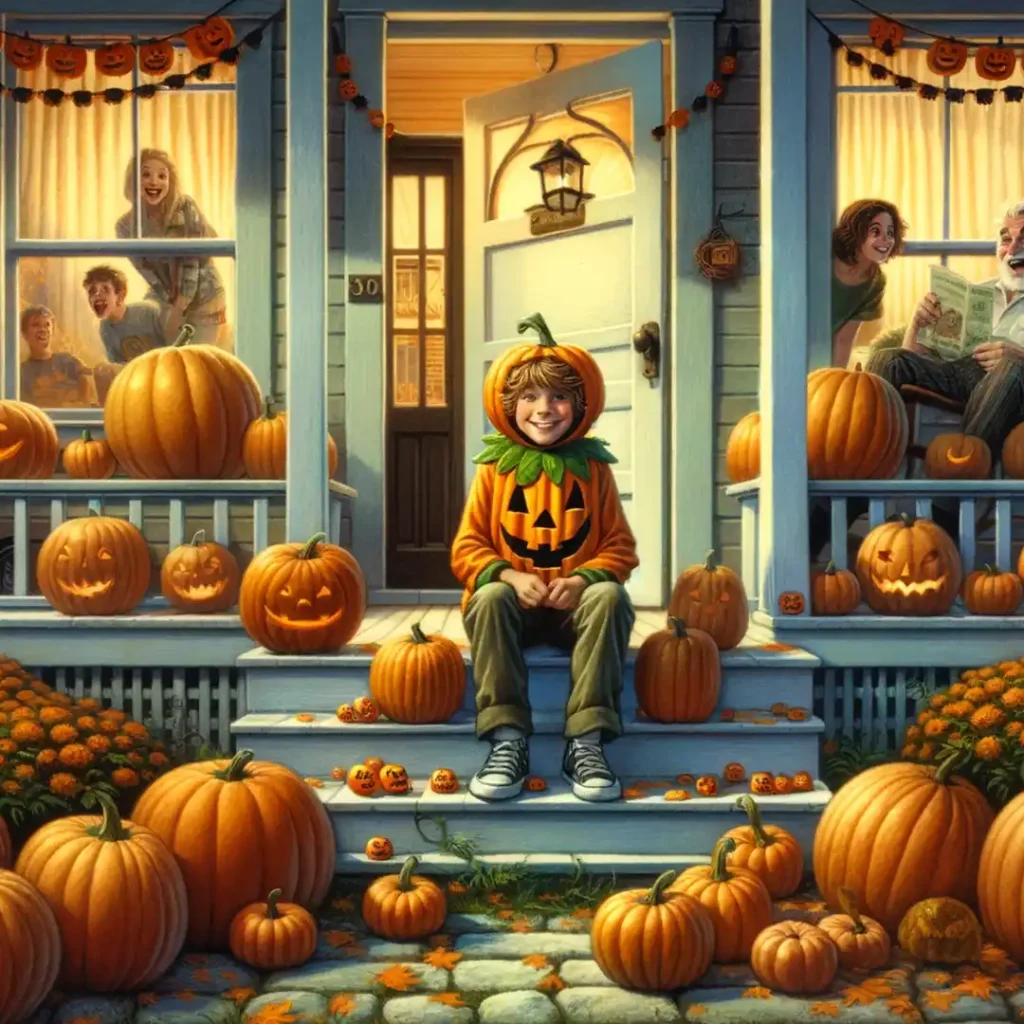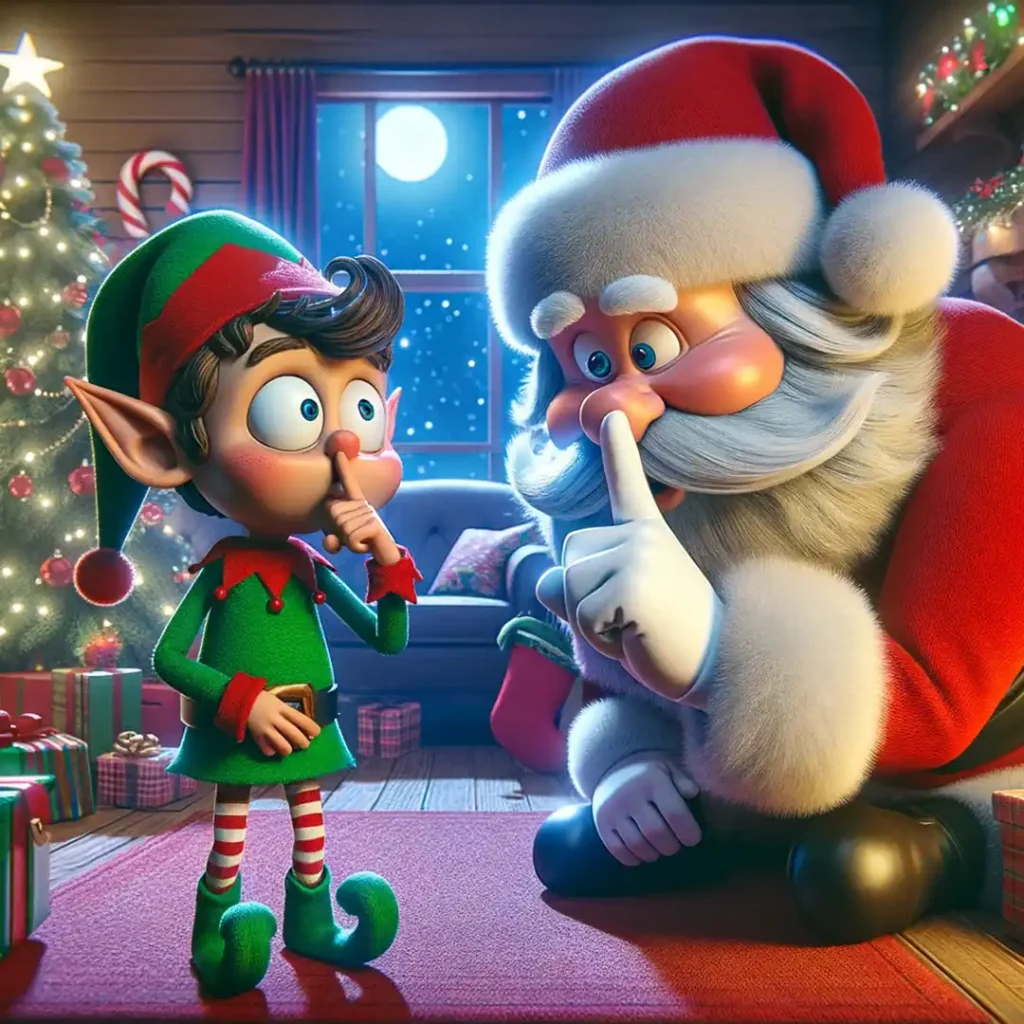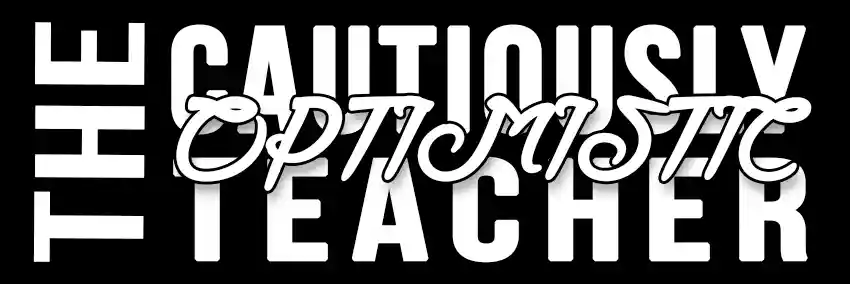Teach Flash Fiction: Engaging Students with Creative Writing
In this lesson, we’ll teach flash fiction — complete narratives within a tight word count, typically under 1,000 words. Students will learn the essentials of the flash fiction storytelling form, exploring character development, plot, and conflict, all while honing their creativity and critical thinking skills. This approach ensures a hands-on learning experience that fosters a deeper appreciation for literature and storytelling. Let’s embark on this literary adventure and help students unleash their potential as impactful storytellers!
Learning Goals
- I will be able to identify and understand the key elements of flash fiction.
- I will be able to create original flash fiction stories.
- I will be able to critically analyze and provide constructive feedback on flash fiction.
Materials
Flash Fiction Toolbox
Flash Fiction Example Stories
Peer Editing Worksheet
Blank Plot Diagram
- Laptops or notebooks and pens for students
Process
- Introduce the activity and discuss flash fiction (very short stories, usually under 1000 words).
- Read through the flash fiction toolbox together.
- Read the flash fiction stories together.
- In small groups, students analyze one of the flash fiction pieces, identifying the key elements and discussing its effectiveness. They could use the peer editing worksheet to evaluate the different parts.
- Provide a writing prompt or theme for students to start writing their own stories. Students could put their ideas on a plot diagram to help organize their thoughts.
- Let students work with the Flash Fiction Writing Consultant to help generate story ideas if needed.
- Allow time to create their flash fiction stories.
- Guide students through a round of peer editing using the peer editing template.
- Have students complete their good copies.
Assessment: Flash Fiction Grading Criteria
Adherence to the Flash Fiction Format (5)
- Word Count: Does the story comply with the specified word limit?
- Brevity and Efficiency: Are the ideas and narrative conveyed effectively in a limited word count?
Opening and Hook (5)
- Engagement: Does the story have a strong opening that captures the reader’s attention?
- Originality: Is the opening unique and thought-provoking?
Characterization (5)
- Development: Are the characters well-developed and memorable, considering the word limit?
- Authenticity: Do the characters behave and speak in a way that is believable and consistent?
Plot and Conflict (5)
- Clarity: Is there a clear and engaging plot or narrative arc?
- Conflict: Is there an evident conflict or challenge, and is it resolved or addressed in a satisfying way?
Setting and Atmosphere (5)
- Immersiveness: Does the story create a vivid and engaging setting or atmosphere?
- Relevance: Is the setting integral to the story, enhancing the overall narrative?
Language and Style (5)
- Creativity: Does the language show creativity and careful choice of words?
- Flow and Clarity: Is the writing clear, coherent, and easy to follow?
Ending (5)
- Impact: Does the story have a strong, impactful ending (whether it’s a twist, resolution, or open-ended)?
- Relevance: Is the ending relevant to the rest of the story and does it provide closure or appropriate continuation?
Feedback and Improvement
- Alongside the grades, provide constructive feedback, highlighting both strengths and areas for improvement.
- Encourage students to reflect on their own work and the feedback received.
1. Brevity (Concise and accurate) is Key:
- Word Limit: Understand and adhere to the word limit (commonly under 1,000 words, sometimes as few as 100).
- Conciseness: Every word must count. Use concise language and avoid unnecessary descriptions.
2. Strong Opening:
- Hook Your Reader: Start with a sentence that grabs attention. This could be an intriguing action, dialogue, or image.
3. Character Development:
- Quick Character Sketch: Create characters quickly but memorably. Hint at their personality through actions or a few well-chosen words.
4. Setting:
- Minimalist Descriptions: Suggest a setting without detailed descriptions. Let the reader fill in the blanks.
5. Plot:
- Simple Yet Compelling Plot: Focus on a single, engaging incident or idea. Complex plots are hard to resolve in a short space.
- Conflict: Introduce a conflict early on. It can be internal (within the character) or external (between characters or with the environment).
6. Resolution:
- Satisfying Conclusion: Even in brief stories, aim for a resolution that leaves the reader feeling satisfied.
- Twist Endings: Consider a twist or surprise ending for impact, but ensure it’s set up properly.
7. Dialogue:
- Economical Dialogue: Use dialogue sparingly and purposefully. It should reveal character or advance the plot.
8. Show, Don’t Tell:
- Imply More Than You State: Let readers infer the deeper meanings and themes. Show emotions and situations through actions and dialogues rather than explaining them.
9. Editing:
- Ruthless Editing: Be prepared to cut out anything that doesn’t add to the story, even if you love it.
10. Creative License:
- Experiment: Play with perspectives, timelines, or unconventional story structures.
- Voice and Style: Develop a unique voice or style that stands out.
11. Reading and Inspiration:
- Read Flash Fiction: Understand the genre by reading a variety of flash fiction stories.
- Gather Ideas: Ideas can come from anywhere – an overheard conversation, a news headline, a photograph, etc.
12. Practice:
- Regular Writing: The more you write, the better you get. Write regularly to develop your flash fiction skills.
Teach Flash Fiction Examples
The Great Pumpkin Mix-Up

On Halloween night, in the sleepy town of Willow Creek, where jack-o’-lanterns grinned from every porch, twelve-year-old Billy had an ambitious plan. He intended to outdo every trick-or-treater with his costume: a giant, lifelike pumpkin. The costume was so realistic that when Billy perched himself among the pumpkins outside Mr. Hargrove’s house, he was indistinguishable from the real ones.
As dusk fell, a group of teenagers decided to play a prank on old Mr. Hargrove, known for his dislike of Halloween. They crept up to his porch, snatched what they thought was the biggest pumpkin – Billy in his costume – and ran off to Mr. Hargrove’s front door. Giggling, they left Billy there, rang the doorbell, and hid in the bushes.
Mr. Hargrove opened the door, his eyes widening in surprise. “Well, I’ll be,” he muttered, “a giant pumpkin on my doorstep!” Not wanting to waste a perfectly good pumpkin, he dragged Billy inside, planning to carve him into a jack-o’-lantern.
Inside, Billy remained perfectly still, a plan forming in his mind. As Mr. Hargrove fetched his carving tools, Billy waited for the right moment. Just as Mr. Hargrove was about to make the first cut, Billy jumped up and shouted, “Boo!”
Mr. Hargrove leaped back, dropping his tools. “You’re no pumpkin!” he exclaimed, a mix of shock and amusement in his voice.
Billy couldn’t contain his laughter. “Gotcha, Mr. Hargrove! Happy Halloween!”
To Billy’s surprise, Mr. Hargrove began to laugh too. “You young rascal, that’s the best trick I’ve seen in years!” he declared. In the spirit of Halloween, Mr. Hargrove decided to give Billy the biggest candy bar from his stash.
As Billy walked home, munching on his candy bar, he thought about the night’s events. His plan to be the best trick-or-treater had gone awry, but it led to an unexpected friendship. And as for the teenagers who had carried him off? They were still hiding in the bushes, waiting for Mr. Hargrove to discover a pumpkin on his porch, completely unaware that their “perfect pumpkin” had already made his escape.
In Willow Creek, it turned out that the best Halloween tricks were the ones you never saw coming.
Chatty the Elf and the Silent Night Mission

In the North Pole, where the snow sparkled like a million tiny stars, there lived an elf named Chatty. Chatty was known for two things: his impeccable gift-wrapping skills and his inability to stop talking. His words flowed like a never-ending stream of tinsel, bright and unstoppable.
One Christmas Eve, Santa chose Chatty for a special mission. “Chatty,” he said, his eyes twinkling, “I need you to accompany me tonight. We have a particularly tricky house to visit. The children there are light sleepers, and we must be as quiet as mice.”
Chatty’s eyes widened with excitement. “Oh, Santa, I won’t let you down! I’ll be quieter than a snowflake landing on a marshmallow! Quieter than—”
“Chatty,” Santa interrupted with a gentle smile, “the key is to be silent.”
As the sleigh soared through the starry night, Chatty rehearsed being quiet. He practiced holding his breath, tiptoeing, and even miming. However, as they landed on the roof of the light sleepers’ house, Chatty’s excitement bubbled up like a shaken snow globe.
Inside the house, Santa and Chatty crept towards the shimmering Christmas tree. Chatty was doing surprisingly well until his eyes fell upon the family cat, a fluffy creature with wide, curious eyes. “Oh, what a cute little—,” Chatty began, but Santa quickly clapped a hand over his mouth.
Each time Chatty nearly spoke, Santa was there, a reminder of their silent mission. They placed the gifts under the tree with stealthy precision. Just as they were about to leave, Chatty’s foot found a squeaky floorboard. The squeak was like a firecracker in the silent house.
Santa and Chatty froze. A door creaked upstairs. Thinking fast, Chatty spotted a bell from one of the reindeer’s harnesses lying nearby. He jingled it loudly, covering the squeak’s aftermath. The stirring upstairs ceased, as the children must have thought it was just Santa’s sleigh.
Back on the roof, Santa chuckled. “Well, Chatty, that was close, but you did it. You kept silent when it counted.”
Chatty beamed, his chest swelling with pride. “Santa, I learned that sometimes, it’s okay not to say anything at all. But, you know, it was really hard because—”
Santa laughed, his belly shaking like a bowl full of jelly. “Let’s save the stories for when we’re back at the North Pole, Chatty.”
And so, Chatty the Elf learned the value of silence, at least for one night. Back at the North Pole, however, he made up for lost time, recounting their adventure to anyone who would listen, which, in the North Pole, was everyone.







